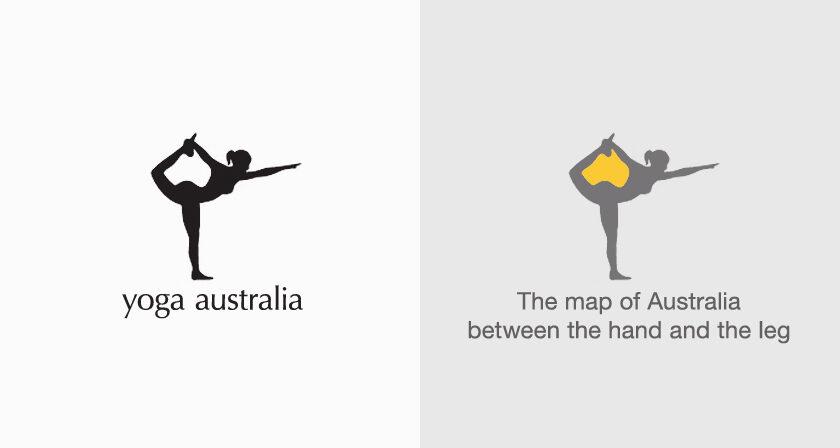Typography has always been an art that combines both design and communication. From ancient manuscripts to digital advertisements, the way words appear can make as much of an impression as what they actually say. Within this wide domain of typography lies a design marvel that challenges our perception: ambigrams. These designs are a blend of symmetry, legibility, and creativity. This article delves deep into the enchanting world of ambigrams, exploring their history, creation, and their modern-day application.
What Exactly is an Ambigram?
An ambigram is a word or a design that retains meaning when viewed from a different orientation or direction. Imagine writing a word on paper, then turning the paper upside down to see that word still perfectly legible or transformed into another. This is the magic of ambigrams. They come in various types:
- Rotational: The most common, which retains its meaning when rotated.
- Mirror: Readable when reflected in a mirror.
- Figure-ground: The spaces between the letters represent other letters.
Historical Roots of Ambigrams
While ambigrams saw a surge in popularity in the late 20th century, they aren’t a new concept. Artifacts from ancient civilizations, including Mayan and Chinese art, have shown elements of ambigrammatic designs. In modern history, artists like Scott Kim and John Langdon have propelled its popularity through their intricate designs and commercial applications.
The Modern Ambigram Renaissance
Ambigrams gained a notable push into mainstream culture with Dan Brown’s “Angels & Demons.” The Illuminati diamond—a perfect blend of Earth, Air, Fire, and Water ambigrams—was a central symbol in the story.
The Design Challenge
Crafting an ambigram is no small feat. It requires:
- Visual Imagination: The ability to visualize how letters will look from various perspectives.
- Understanding of Typography: A grasp over different fonts and their characteristics.
- Patience: It often takes multiple iterations to achieve the desired result.
Digital Age and Ambigrams
Like everything else, ambigrams have entered the digital age. Today’s designers lean on software to craft and refine their designs. One standout tool in this realm is the online ambigram generator, which provides both novices and professionals a platform to experiment and create.
Applications of Ambigrams
Today, ambigrams find applications in:
- Branding: Companies use ambigrams in logos for a unique visual identity.
- Tattoo Art: Given their symmetrical nature, they’ve become popular in tattoo designs.
- Jewelry: Ambigram necklaces and rings offer a unique blend of design and personal expression.
Famous Ambigram Artists
Several artists have made significant contributions to this art form:
- John Langdon: Credited for coining the term ‘ambigram.’
- Scott Kim: Known for his inversion designs where words read the same upside-down.
- Nikita Prokhorov: An artist who has authored books on the subject and has a unique style.
Conclusion
Ambigrams are a unique intersection of design, logic, and creativity. They challenge the norms and redefine what typography can achieve. As tools like the online ambigram generator democratize its creation, it’s a great time for enthusiasts and professionals to dive deep into this fascinating world of symmetrical typography. Whether you’re an artist looking for a new challenge or someone looking to get a unique tattoo, ambigrams offer a realm worth exploring.
